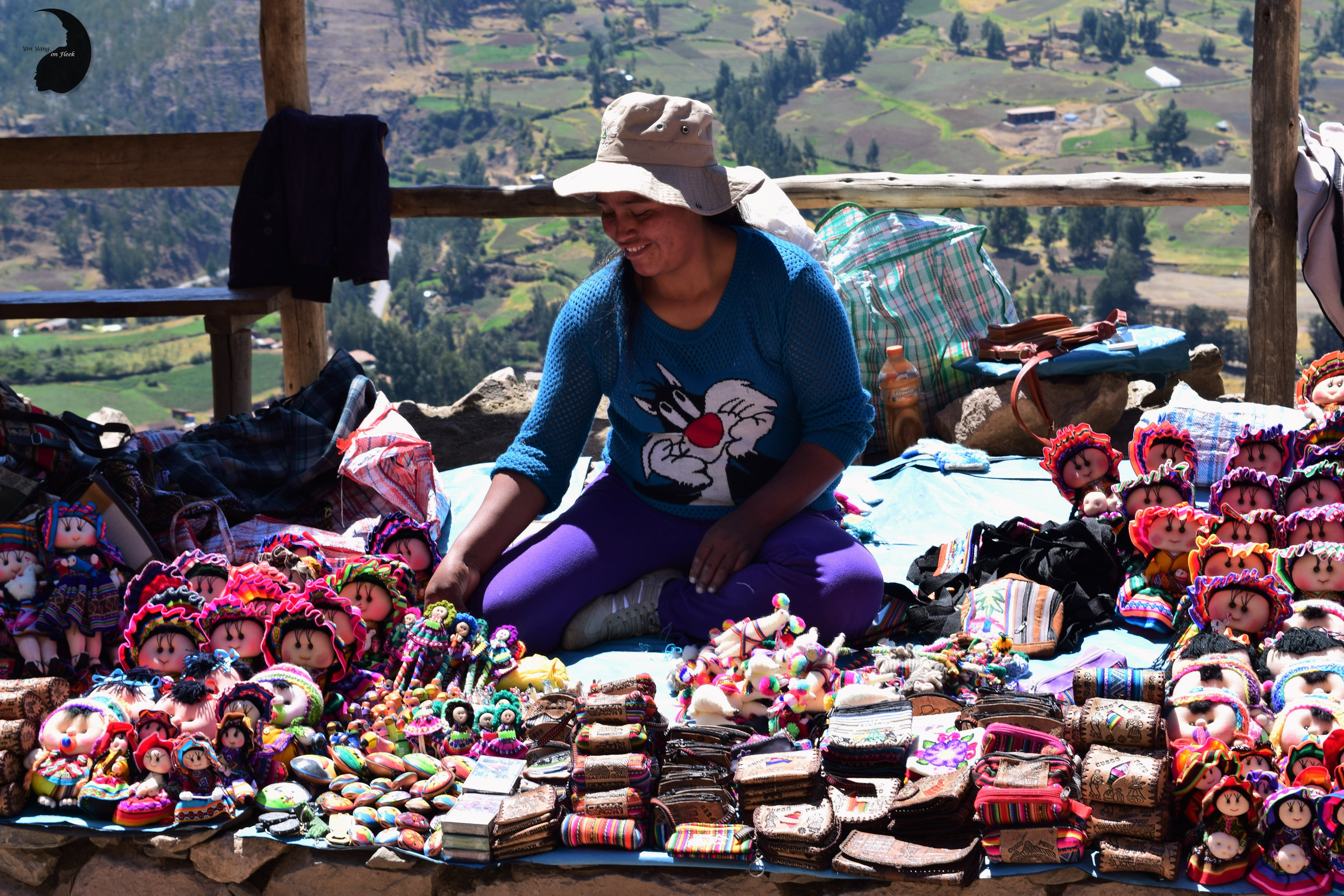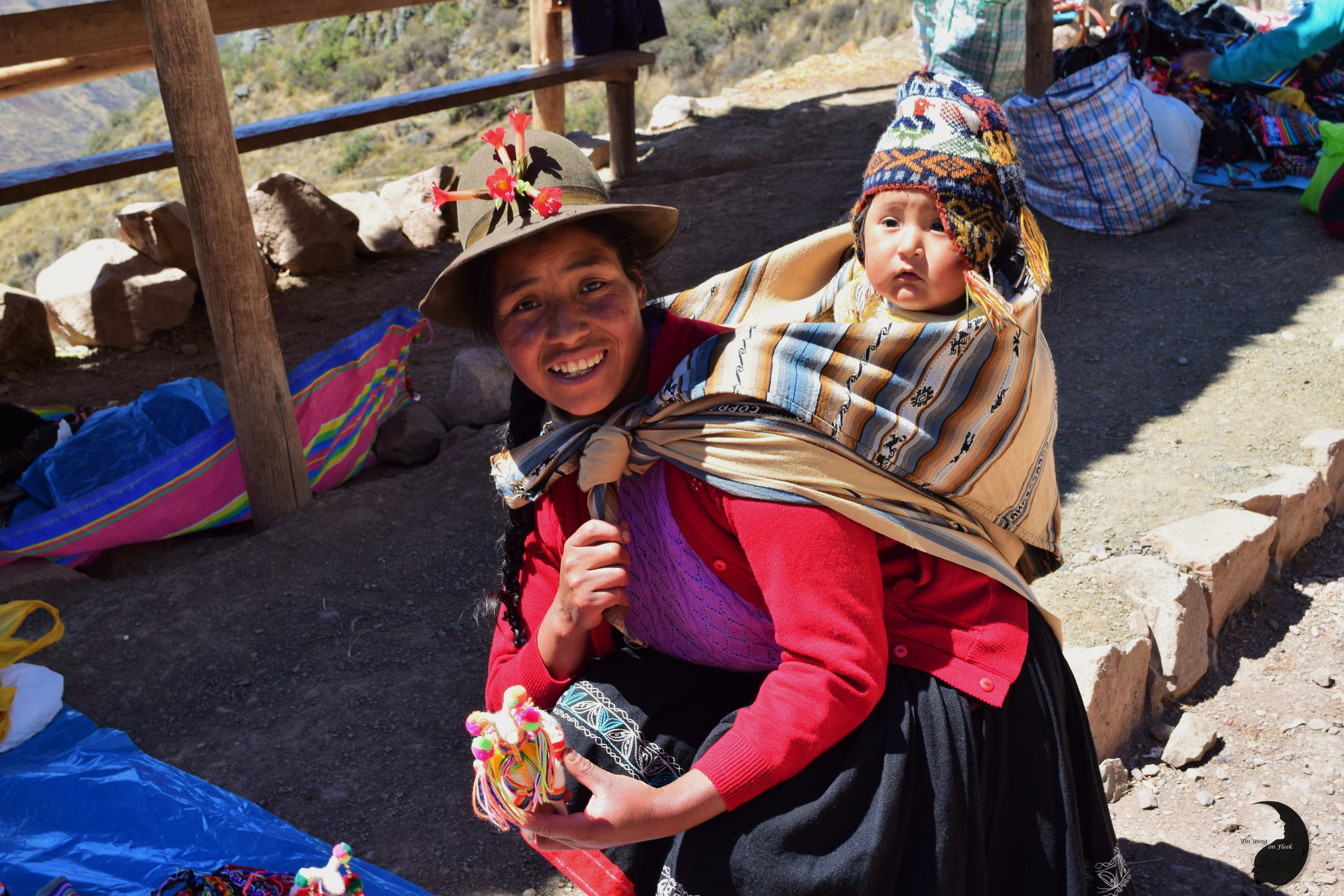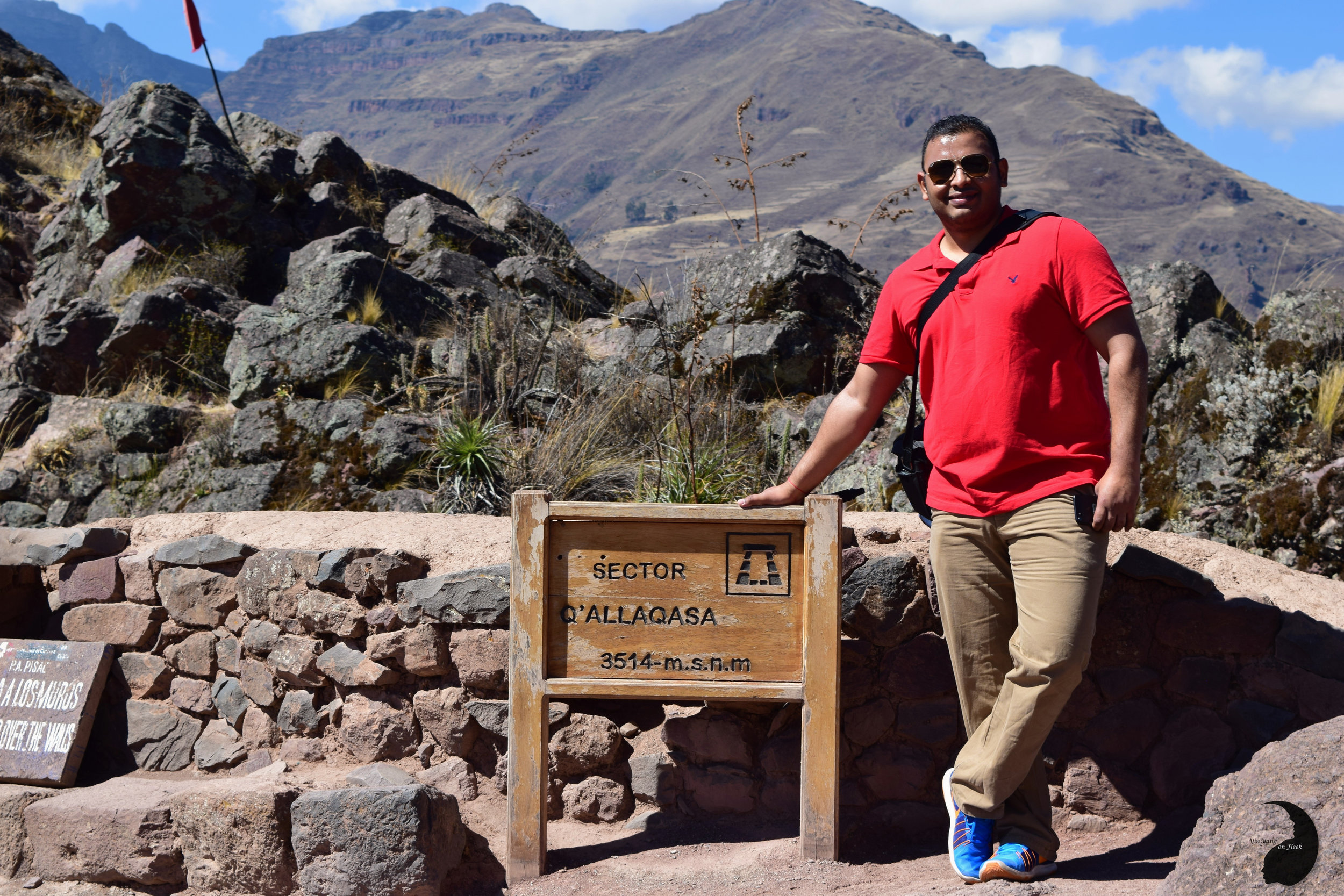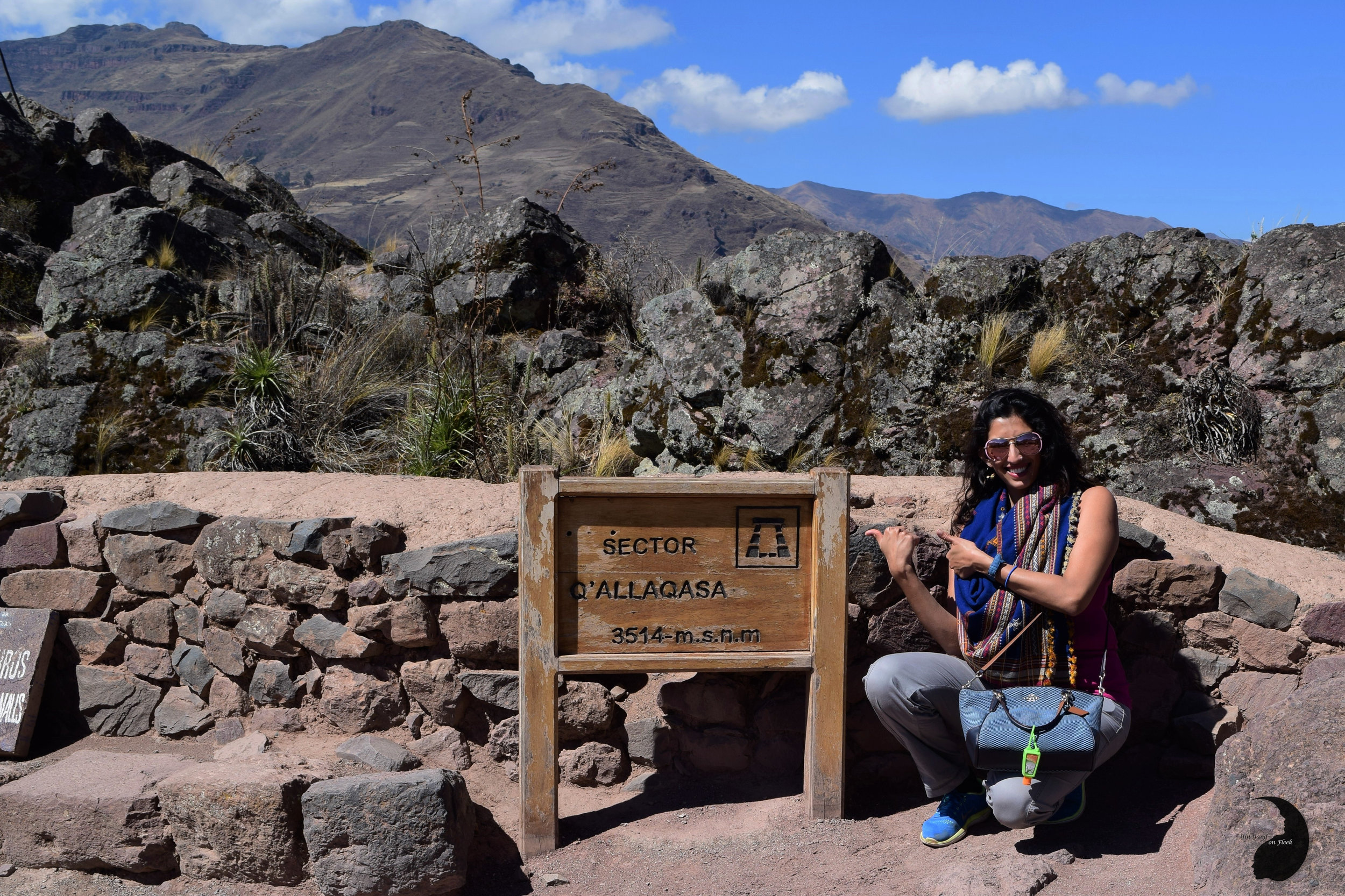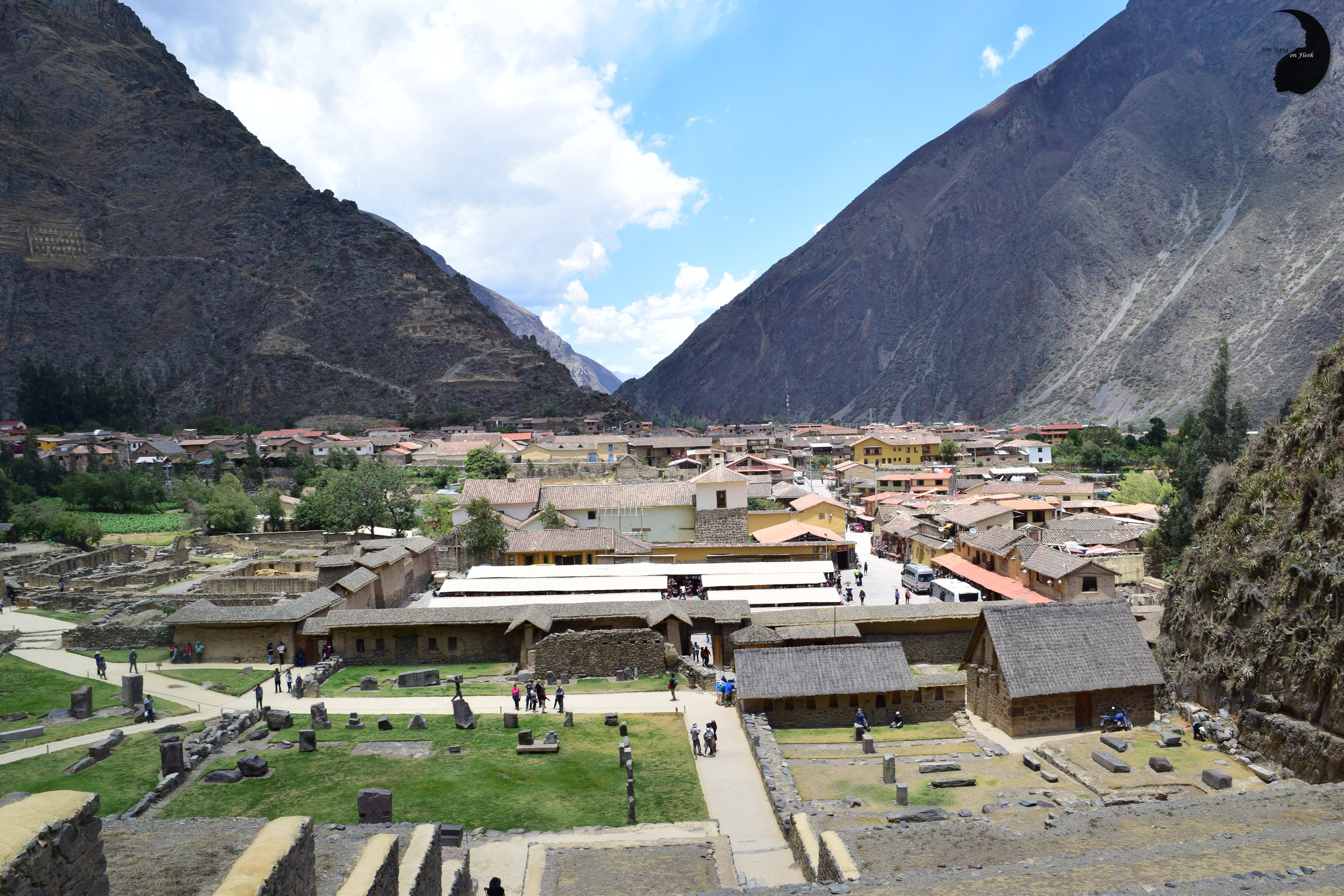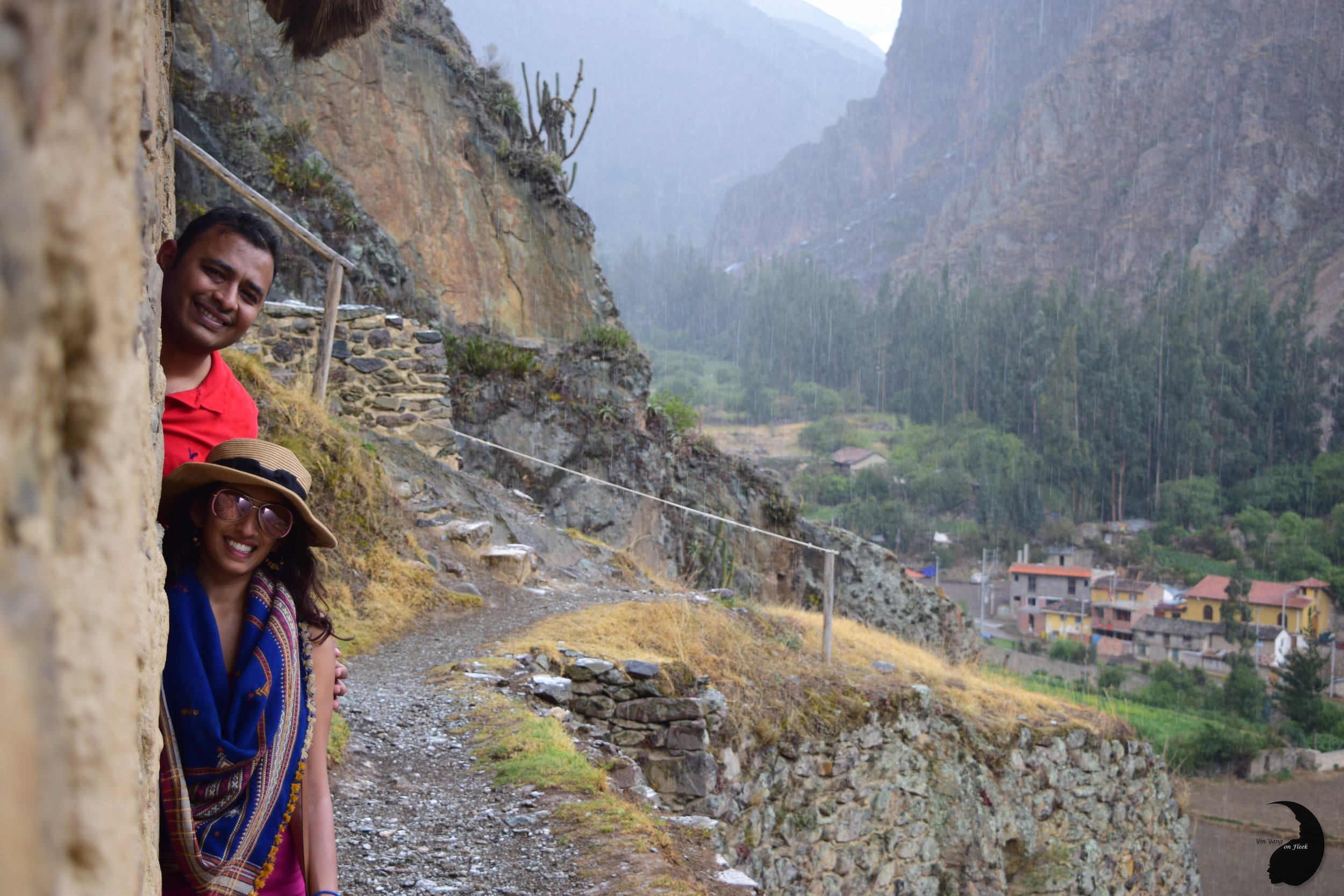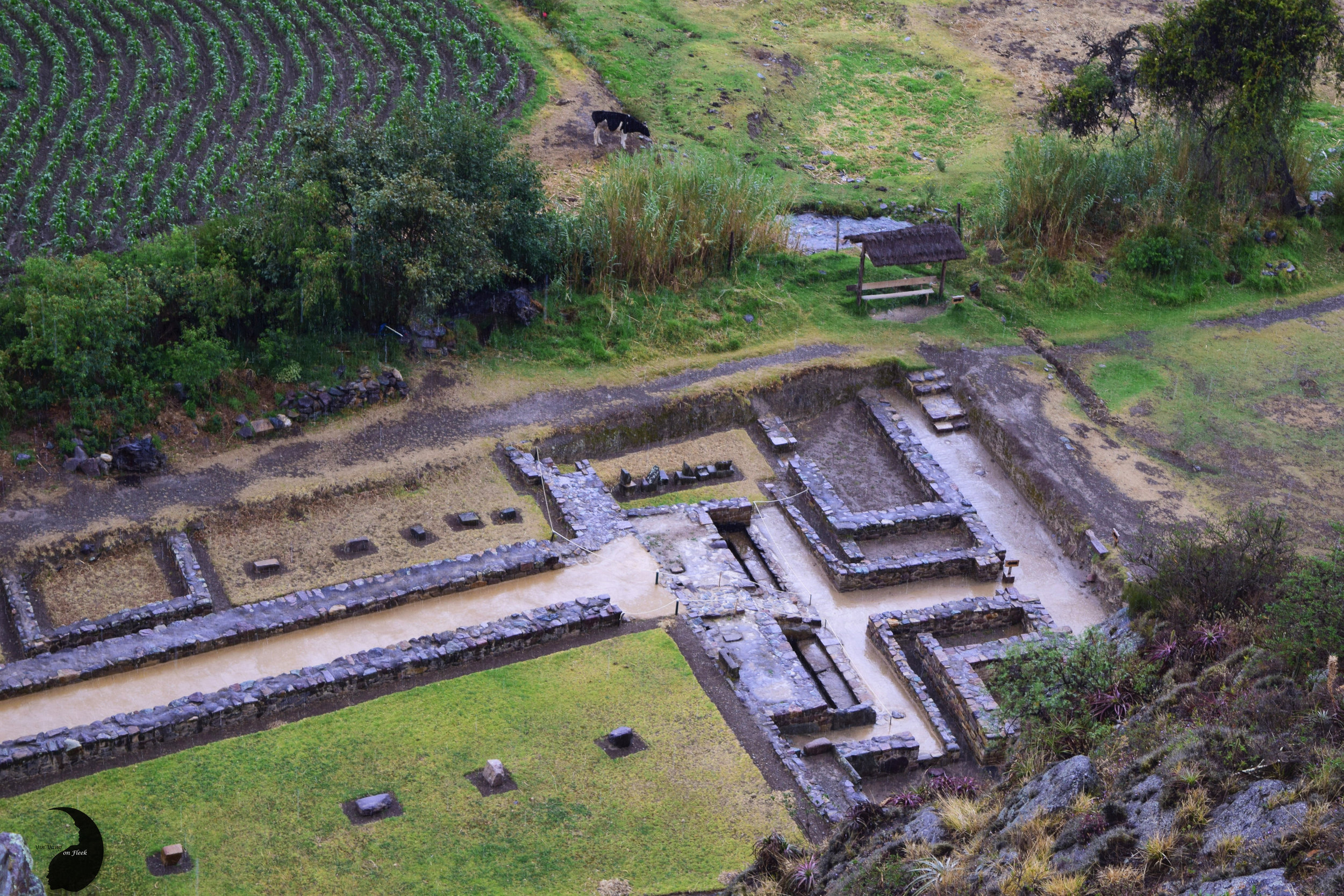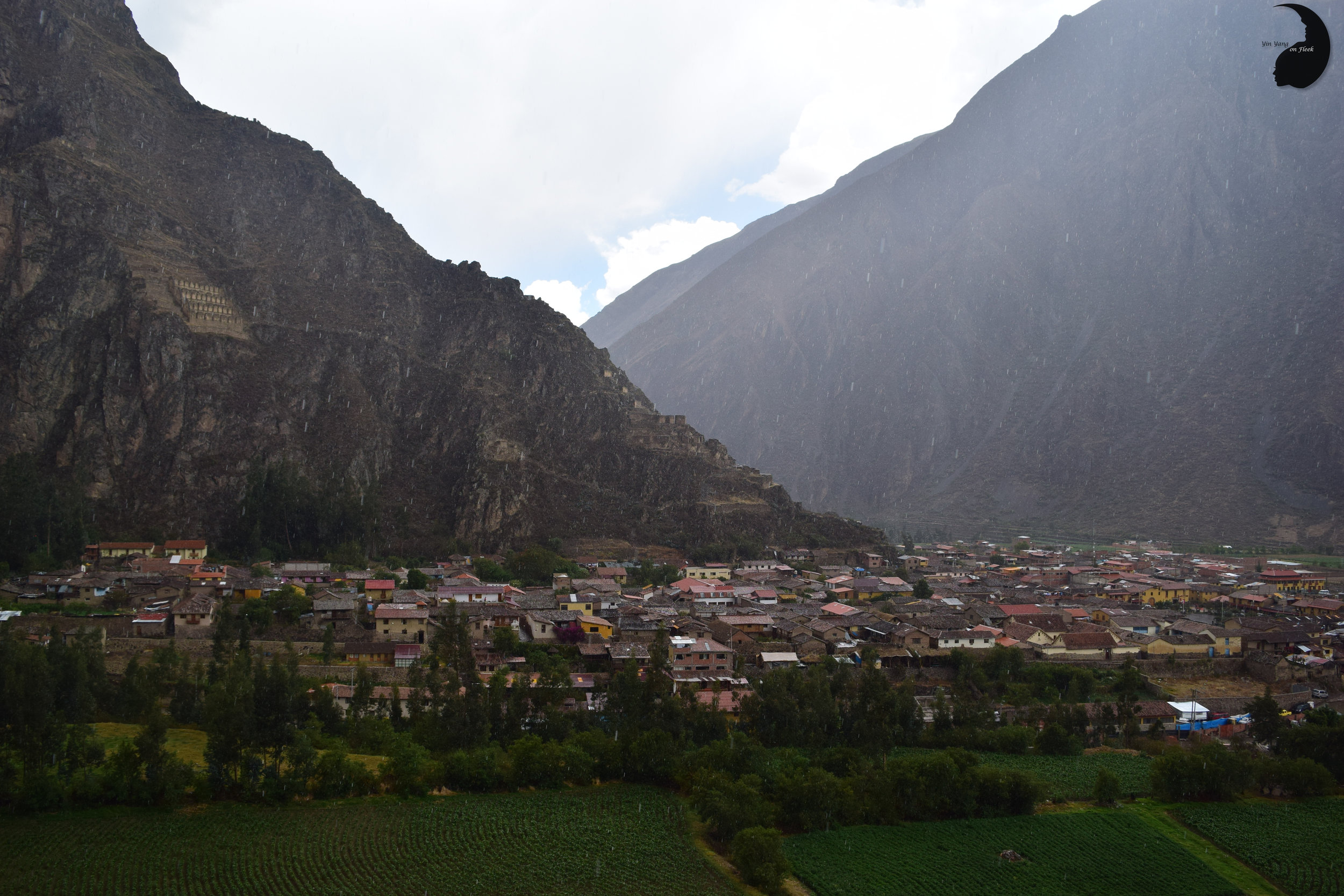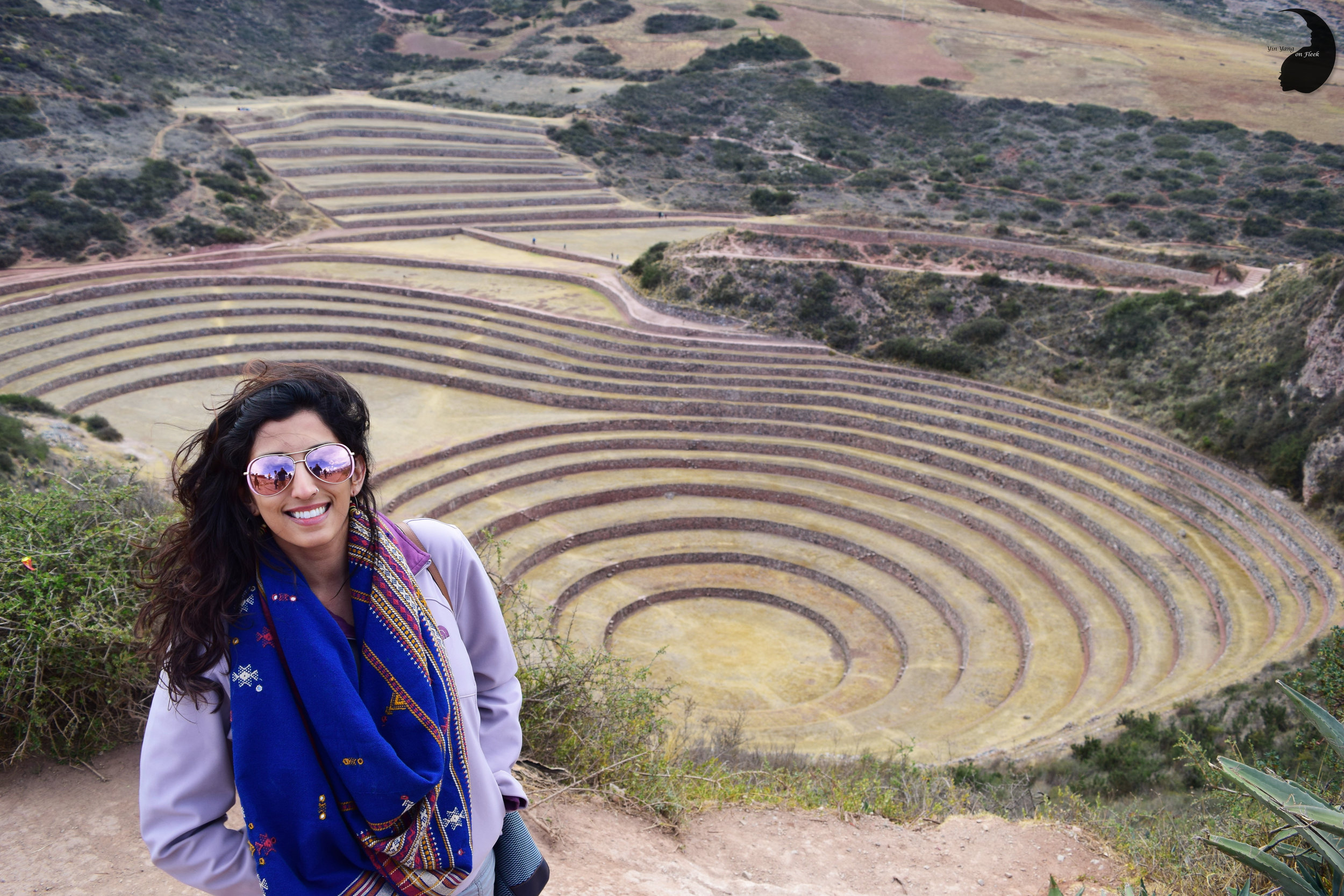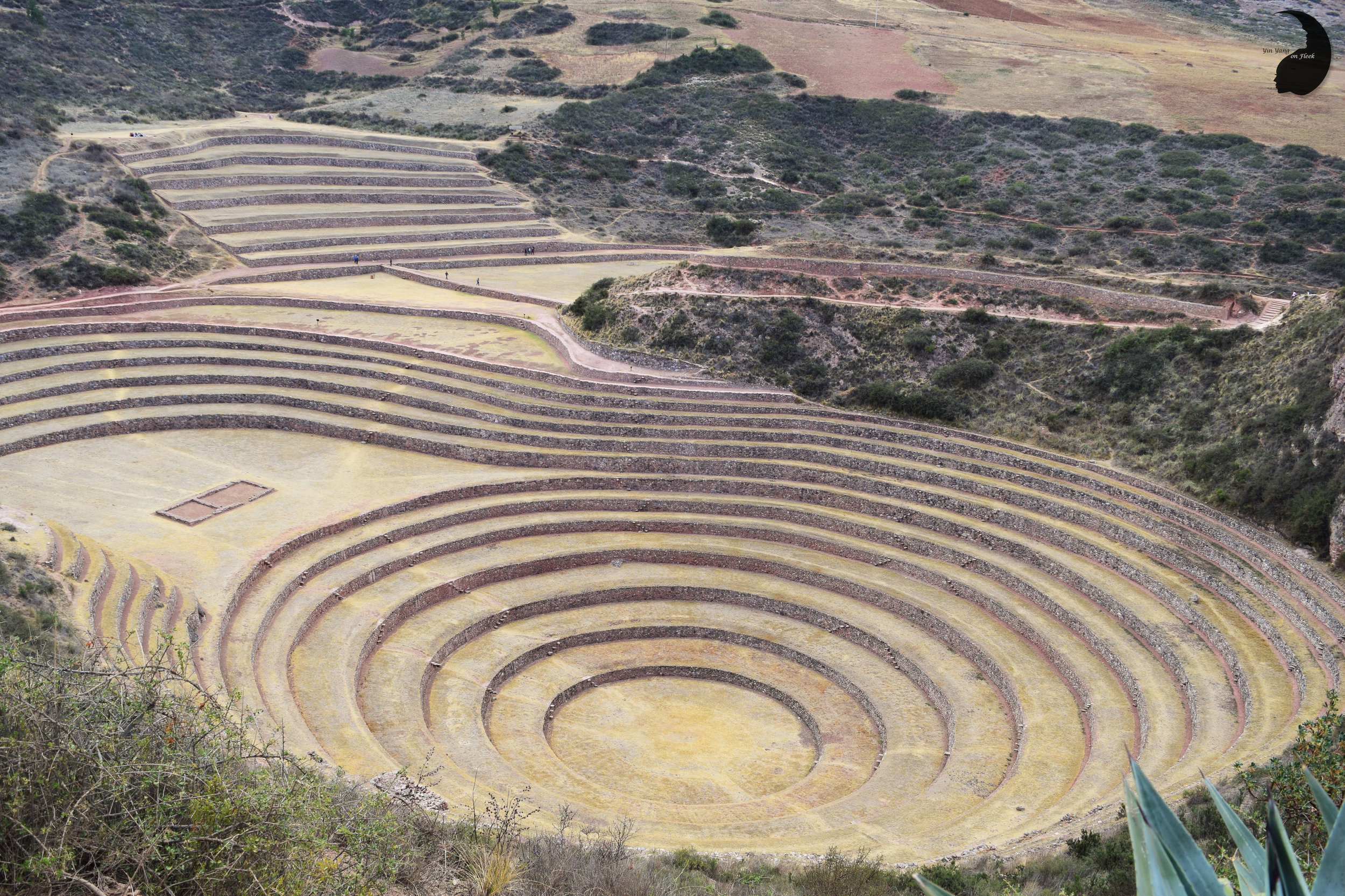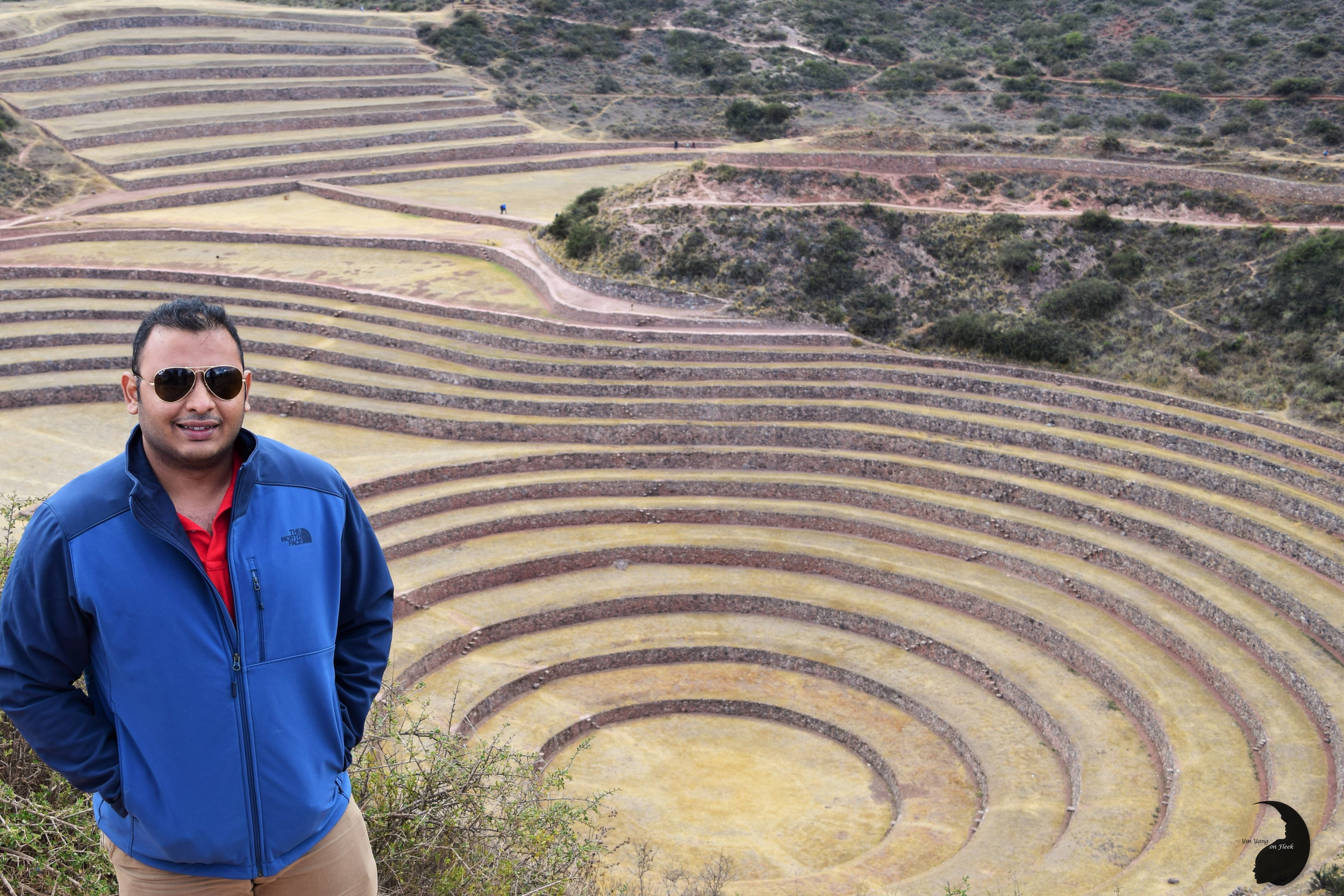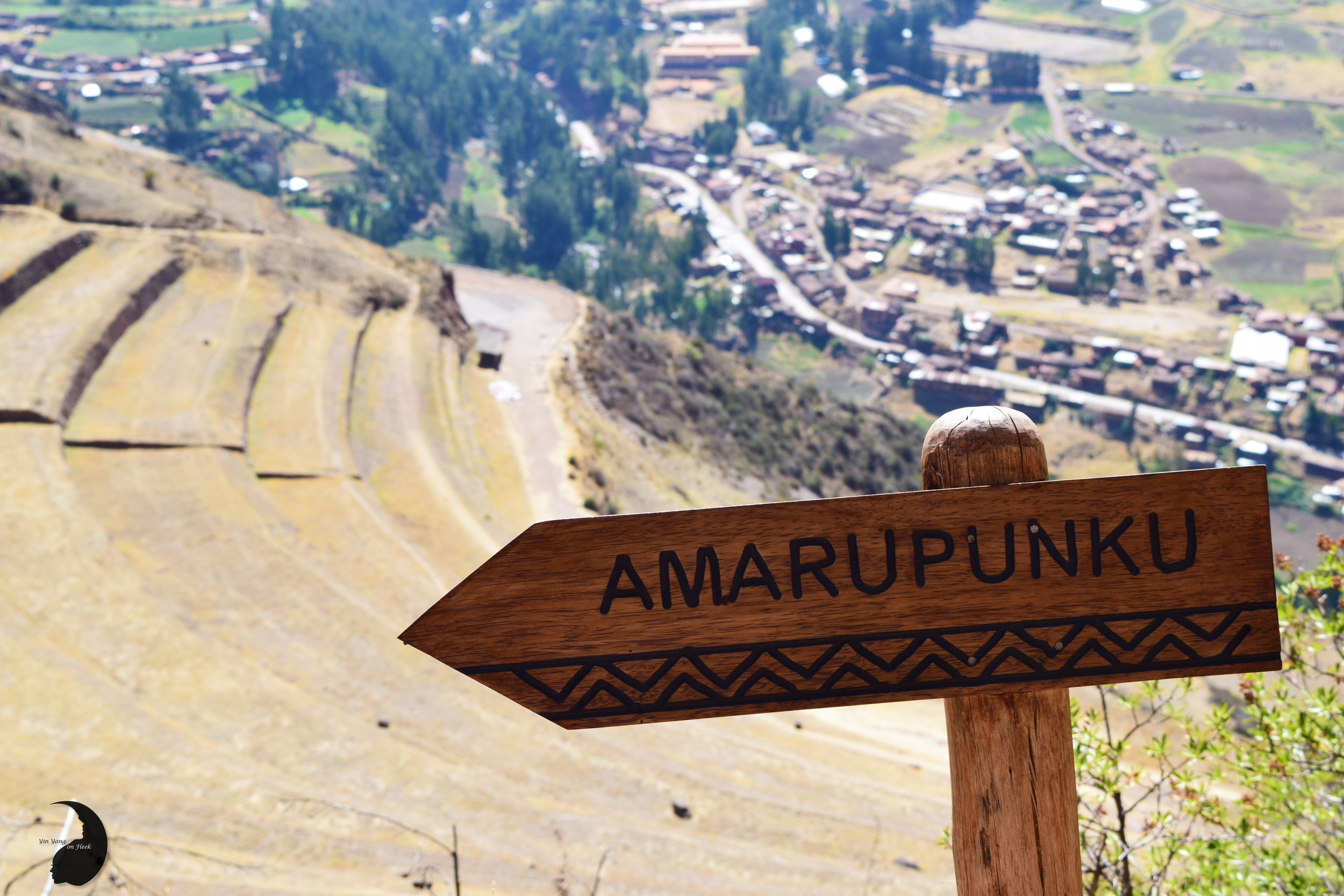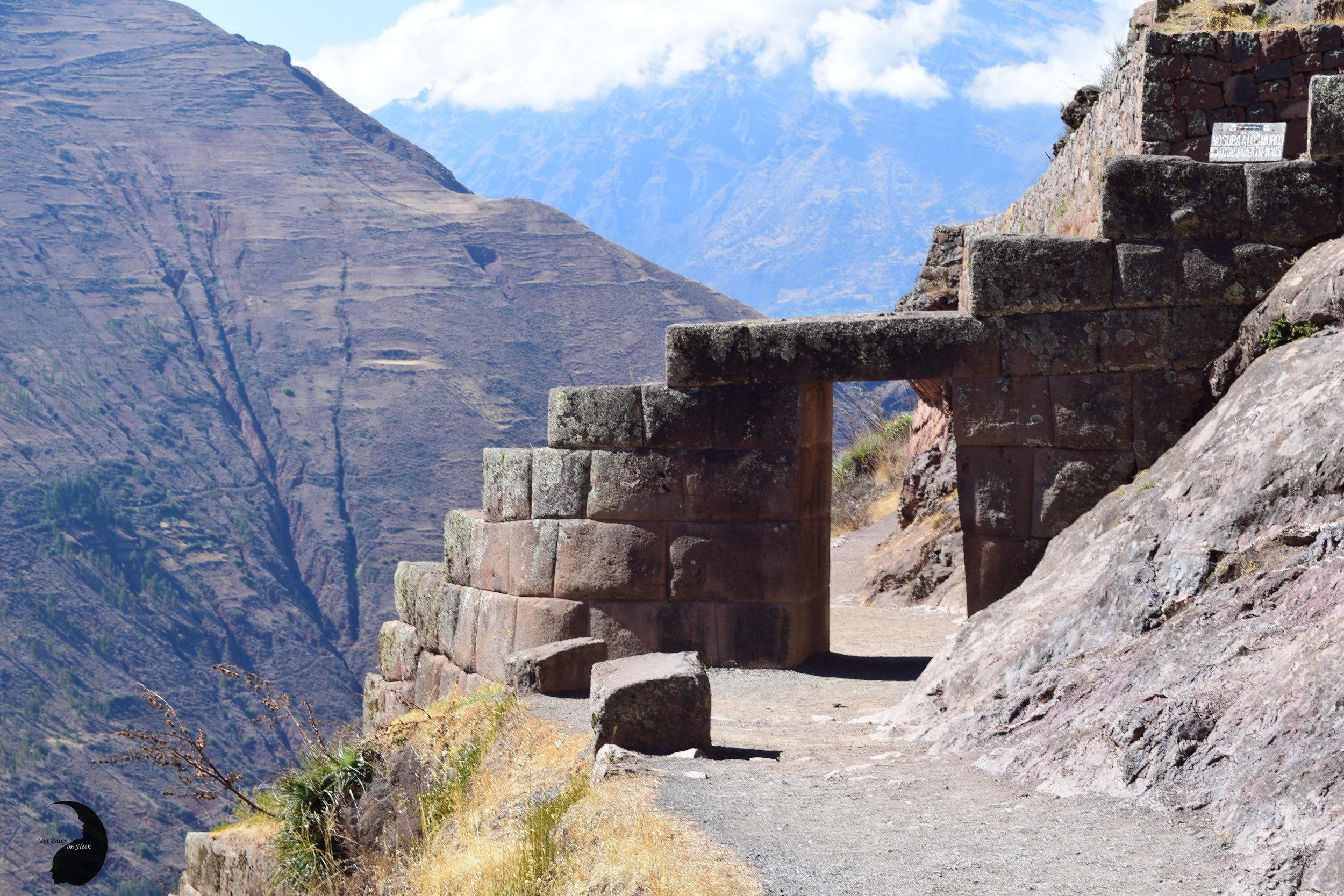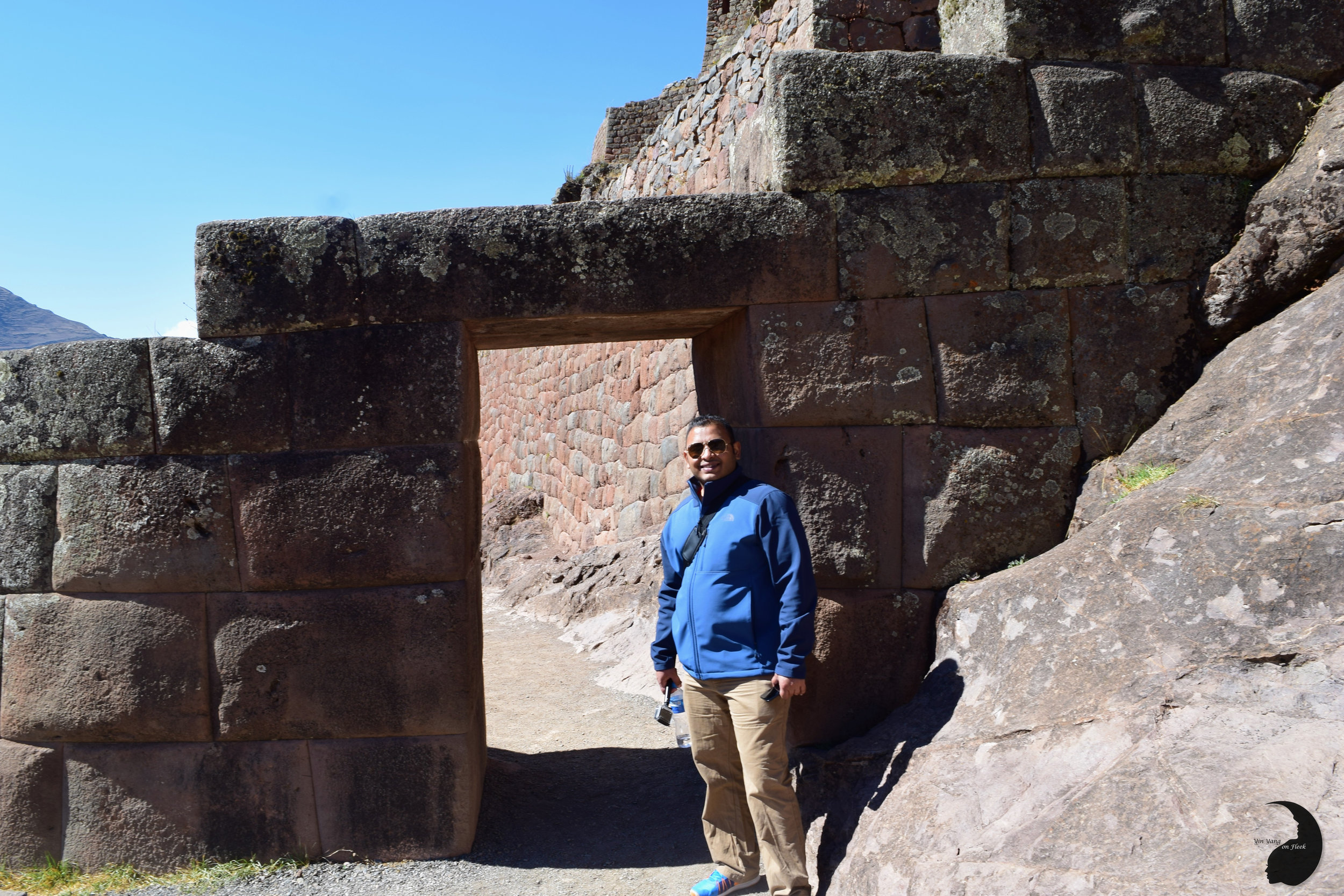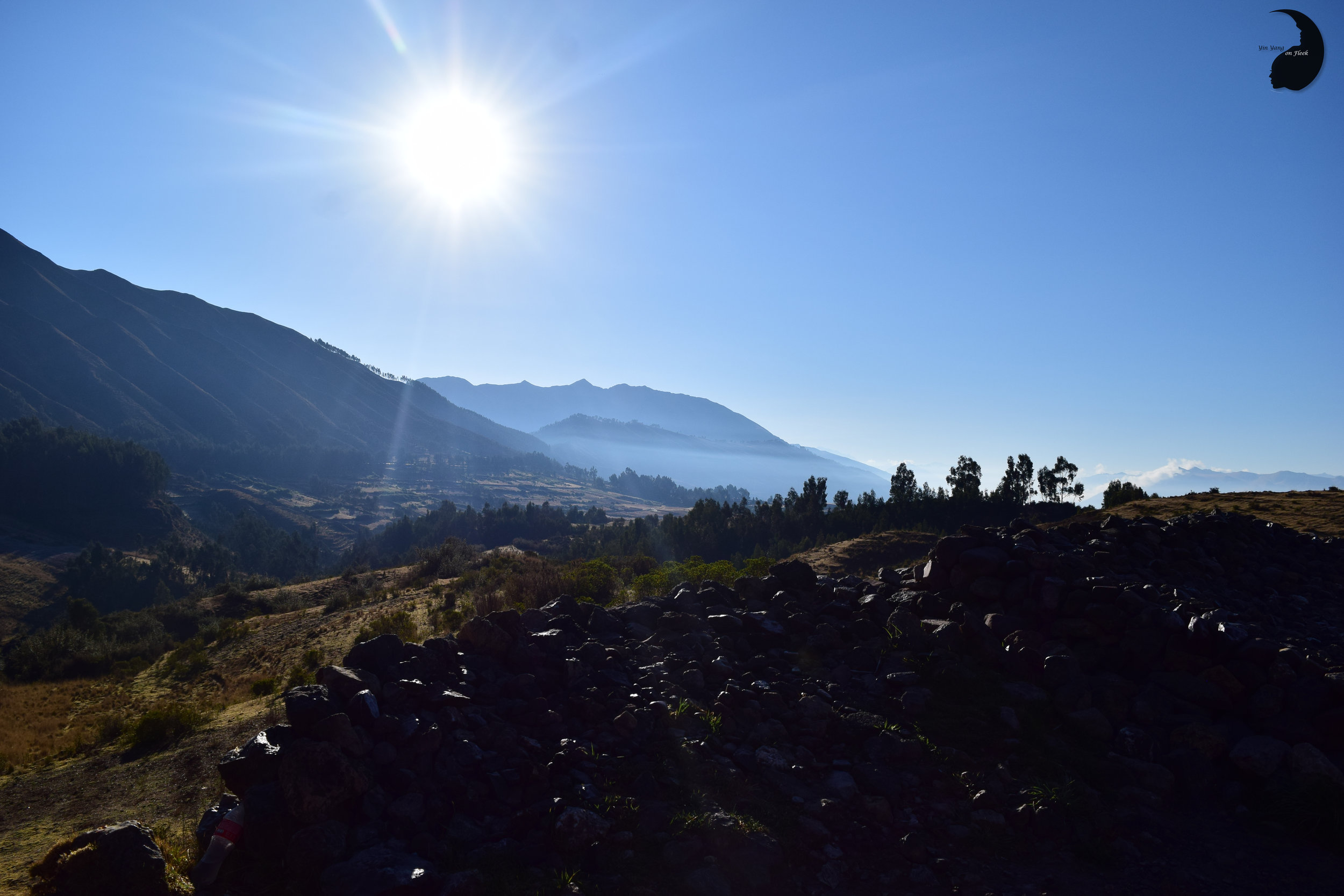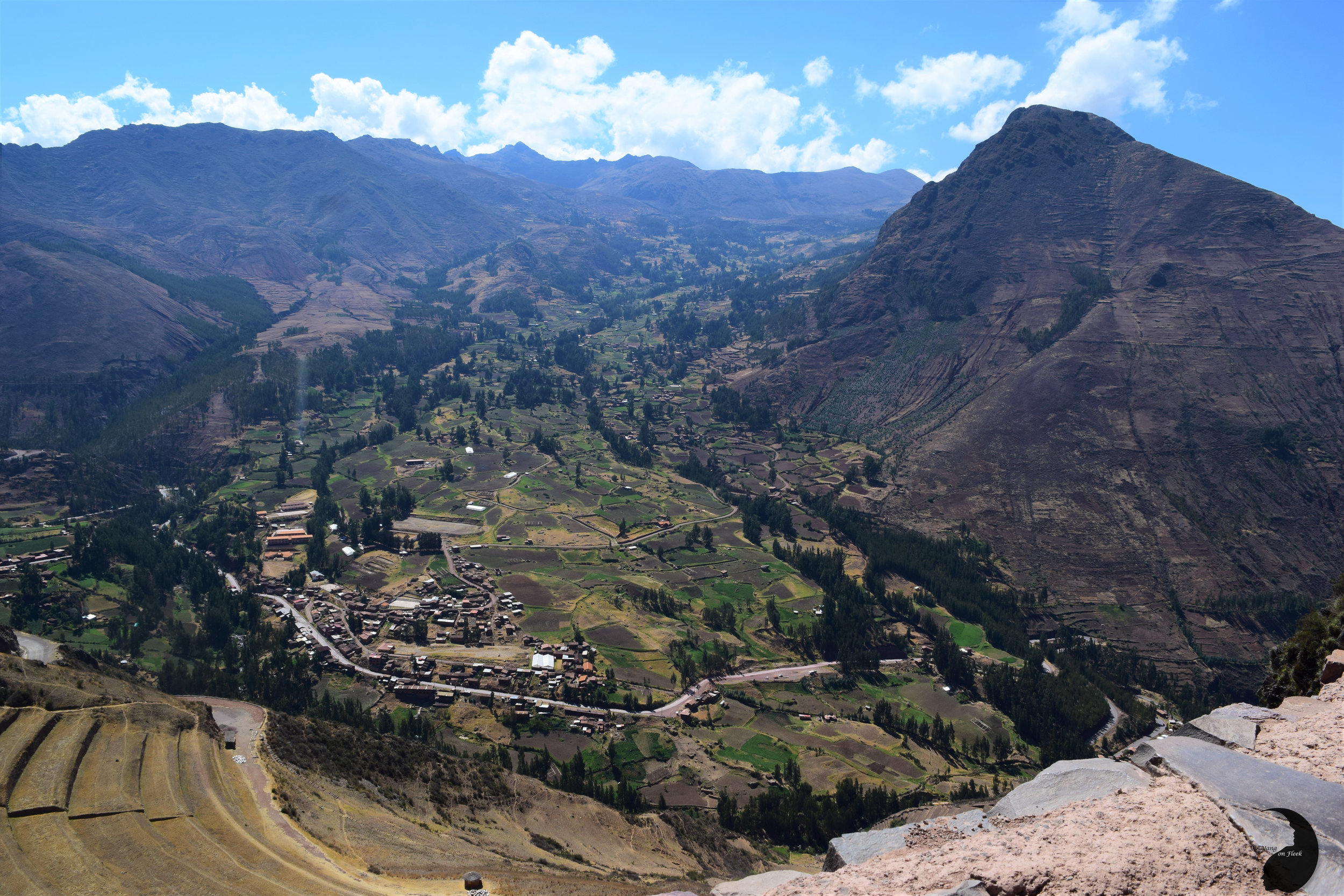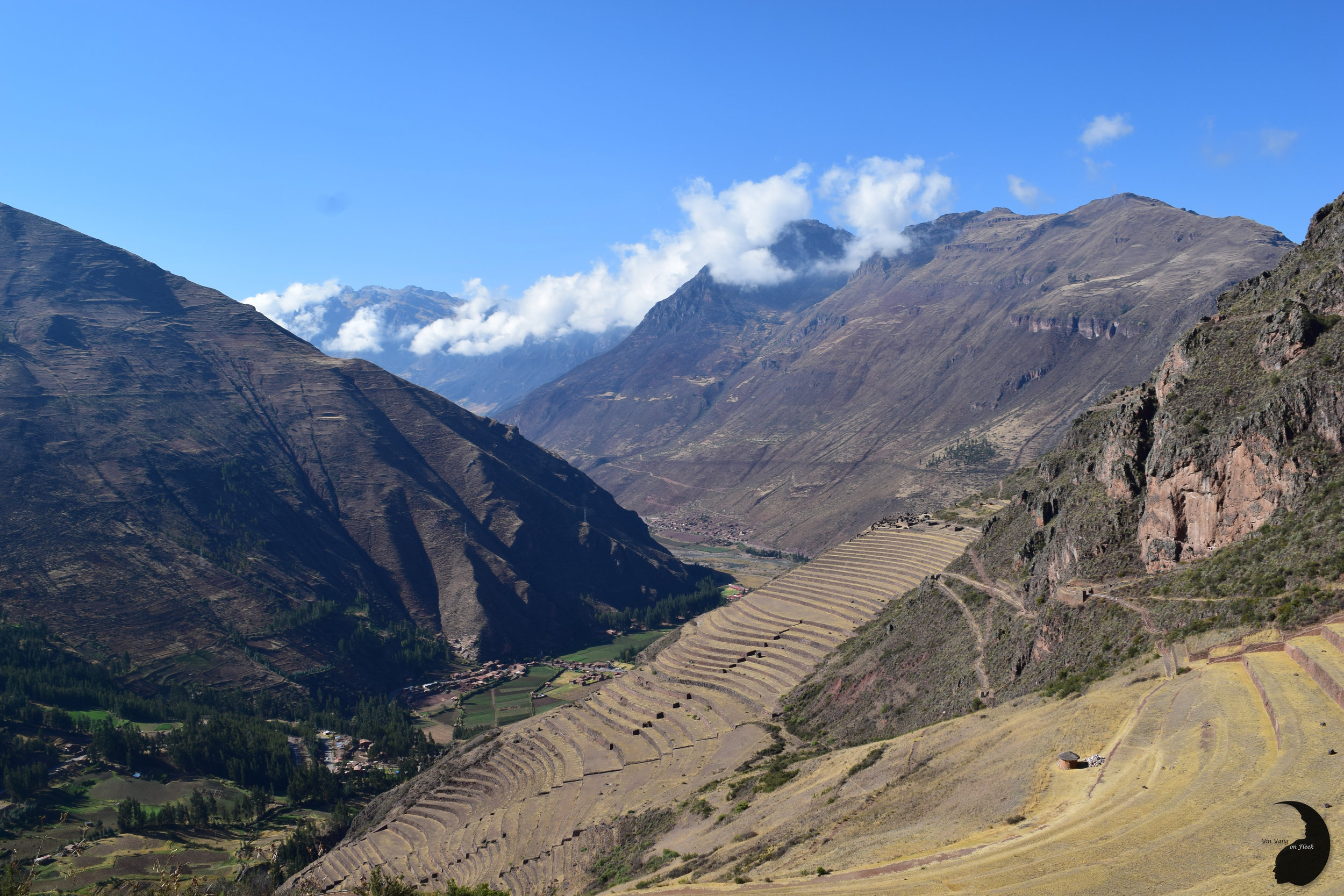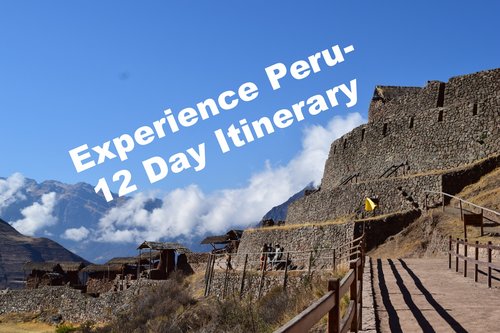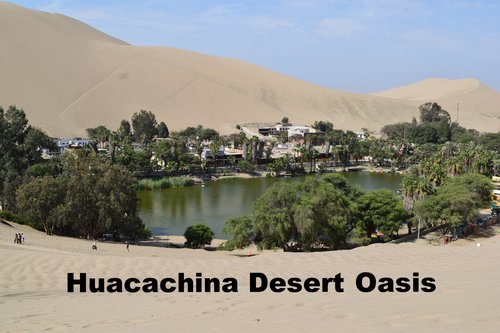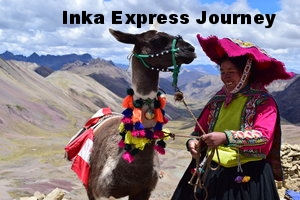Sacred Valley- our first window to peek into the glorious Incan past and our opportunity to learn about the intriguing Andean civilization. From busy chitter-chatter with our tour guide, an introductory climb at the local archaeological ruin sites, and a taste of life at an altitude...read on!
If you've done your homework before heading to Cusco or Machu Picchu, you would have probably heard about giving yourself at least two to three days to acclimatize to the altitude. With our packed itinerary , we chose to spend a day and a half to settle in before climbing Machu Picchu. Of course, when you are surrounded by so many beautiful wonders, settling in doesn't quite look like a relaxed day in bed. We used our day to explore the Sacred Valley- a wonderful and highly recommended day trip from Cusco.
TRAVEL
There's two ways to plan your trip to the Sacred Valley. You can join a tour and explore with a group or venture out on your own. We chose the latter option as we wanted to explore at our own relaxed pace.
- Group Tours: If you are joining a group, you can expect to have anywhere from ten to thirty people on your tour. The ball park of the cost per head is about $30. We would recommend looking into day trips offered by Llama Path or Marvelous Peru. If you walk down the streets of Cusco, you can be sure to find many such local vendors for these tours.
Food is usually included in the cost, but you will mostly be required to pay for your admission ticket to visit the different sites at Sacred Valley.
- Venture on your own: If this option is more appealing to you, take a peek at how our day spanned out. We booked a private taxi locally for 260 soles (~ 80 USD) for the trip from Cusco to the Sacred Valley and back, hired from 6 am to 6 pm. You can tell we did some serious exploring! Our driver however did not speak a word of English and hence it was a day of really working our gesturing and very basic Spanish skills. If only you were around to see our crazy pantomimes (yikes!)
BUDGETING
- Taxi for the day- 260 soles (~ 80 USD).
- Partial admission ticket to the Sacred Valley- 70 soles per head (~ 22 USD).
- If you plan to visit the salt flats at Maras, it will cost you an additional 10 soles per head (~ 3 USD).
- Guide at Pisac ruins (highly recommended)- 70 soles plus tip (~ 22 USD).
ITINERARY
With so much to see at the Sacred Valley, we could not help but feel greedy to cover it all. After having completed our itinerary below, here's a little tip!
Note: We recommend trying to see two to three sites at most and spending enough time at each location. We had a well paced morning, but our afternoon felt a bit tiring. I guess by then we were starting to feel the fatigue of our early start day! Although most people spend a day exploring the Sacred Valley, don't be afraid to tag on an additional day or two. There's so much to see and do here. You will not be bored!
Here is how we spent our time:
- Early morning departure at 6 am from Cusco.
Pisac Ruins
Located an hour and a half away from Cusco, Pisac offers spell-bounding views! If you find yourself a great guide like we did, it will be the cherry on your cake!
We spent about two hours at Pisac taking in all the beauty and listening to some very interesting Inca tales! During our visit, we were able to appreciate the crude pre-Inca architecture vs. the perfectly aligned aesthetic Inca constructions. Our guide pointed out several structures among the ruins including a military base, food storage areas, houses of the middle class folk, accommodation for the nobles, and places of worship. We glanced at the vast agricultural plains and the systematically built plantation terraces.
Sector Q'allaqasa at Pisac: We hiked up the sector Q'allaqasa at Pisac, one of the four sectors that the ruins are divided into. We huffed and puffed as we tried to get used to the thin air at the altitude. We highly recommend having a drink handy when you visit as this climb can feel quite intense, especially as you are acclimatizing. We made it to the top of the ruins only to realize that this was situated at an elevation of 3, 514 metres above sea level, even higher than Machu Picchu (at an elevation of 2,430 metres). The views from this height are quite mind blowing!
Tip: Most tours will make a stop at the popular Pisac market, one of the most famous and touristy markets in the Cusco area. You can opt to skip this marketplace and visit the Chinchero market instead which we've heard is less touristy! However, be sure to get there before their 6pm closing time.
Ollantaytambo
Allow an hour and a half's drive from Pisac to get to this Inca ruin site. Enjoy a refreshing nap during your drive or ogle away at nature's scenic vistas during your drive.
Behold the magnificence of the Sacred Valley in the images below!
We spent a little over an hour exploring Ollantaytambo.
Note: The Ollantaytambo ruins have a lot of high steps to climb. We found this to be a brief pre-teaser to our Machu Picchu climbing days! Be sure to come prepared with appropriate footwear and water to stay hydrated.
We posed away for some happy clicks and gave ourselves some much needed climbing breaks along the way!
When we got to the top of the ruins, a heavy downpour slowed us down. We sought shelter under an Inca hut. I cannot tell you how lucky we were to experience this. The views were so pretty and we were forced to pause, smell the fresh air, and take in the stunning beauty that surrounded us!
Urubamba
Located 30 minutes away from Ollantaytambo, most tours will stop at this little township for a meal. We had a nice buffet lunch here before we made our way on our travels.
Moray
We requested a quick photo pit stop here. Plan on a 40 minute drive to get to Moray after lunch. This Inca archaeological site is located on a high plateau and features a series of concentric circles. It was an important agricultural site for the Incas.
Maras
If you are an avid Instagrammer, you've probably noticed loads of images of the salt flats of Maras. Also known as Salineras de Maras, these salt mines are located in the Urubamba valley. The strategically created terraces on the hills capture hypersaline water in shallow salt ponds. Once the water in the ponds evaporates, it leaves behind crystallized salt.
You can plan on spending an hour at this location as you walk in and out of the salt flats, capture your Instagram worthy images, and watch the workers busily harvesting salt. So cool! Click on the hyperlink to see more of our favorite shots at Maras!
Chinchero
Venture out an additional 30 minutes from Maras to see the Andean village of Chinchero enroute to Cusco. Visit the local market place to shop to your heart's delight.
Note: Our personal favorite spots at the Sacred Valley were Pisac, Ollantaytambo, and Maras. Pick your Sacred Valley pillars wisely so that you don't feel rushed trying to explore this beautiful region!
Interesting Facts
(Nerd Zone Alert)
We lucked out in finding Eddie, a great English speaking guide, in a little store opposite the main toll gate where you purchase the admission tickets to the Sacred Valley. Our nerdy brains were on fire as we tried to absorb all the fascinating details about the Incas and the Andean lifestyle in general.
- Language: The official language of the Sacred Valley is Quechua. Spanish was introduced as a second language when the Spaniards invaded the region. We were told that local schools in the Pisac region are teaching Quechua to students in an attempt to preserve their native language.
- Schooling: We met a couple of local children during our visit to Pisac. It was then that we realized how much we take for granted in our day to day lives! The children of the local Andean villages in this region walk an average of one hour each way to get to their schools. That is real determination and endurance!
- Agriculture: The Sacred Valley is known as the world's agricultural breadbasket. Owing to it's vast fertile lands and abundant water supply, agriculture is the main livelihood of the people here. Andean people grow white corn, cereals including quinoa, and over 3000 varieties of potatoes (whoa!). It was hence not surprising that we were served a side of boiled potatoes with all our meals in Peru:)
- Religious Beliefs: The Incas prayed to the forces of nature including the sun, the moon, the sea, and the Earth (Pachamama). They believed in sacred animals including condors that represented the sky, pumas that represented the Earth, and snakes that represented the underground world. During religious ceremonies, the Incas made offerings of guinea pigs and sacred black llamas to their Gods.
They constructed temples as their places of worship. We were told that it was customary to bathe and purify oneself before entering these temples. Inside their temples, the Incas built small niches to mount statues of idols that they worshiped.
The people of the Inca civilization referred to their noble learned class as 'the Inca'. When the nobles died, they were mummified and stored in the temples in tall niches. The middle class worshiped these mummies. When the middle class died, they were buried in small caves with all their belongings, since they believed in a life after death.
- Hanging Accommodation in Sky Capsules: Last but not the least, if the adventure bug in you wants a real kick, we would recommend looking up Skylodge Adventure Suites in the Sacred Valley of Cusco. You will need to set aside a day to experience all the activities that come with the booking including a mountain climb via a ferrata, a zip line experience, dining in a sky pod, and an overnight stay in their suspended sky capsules. These book out fairly soon. So if this is on your bucket list, plan to book ahead of time!
So many tales...so many images! This blog has been one major happiness project undertaking...phew :)
Sacred valley
If you enjoyed this blog, you may also like...

